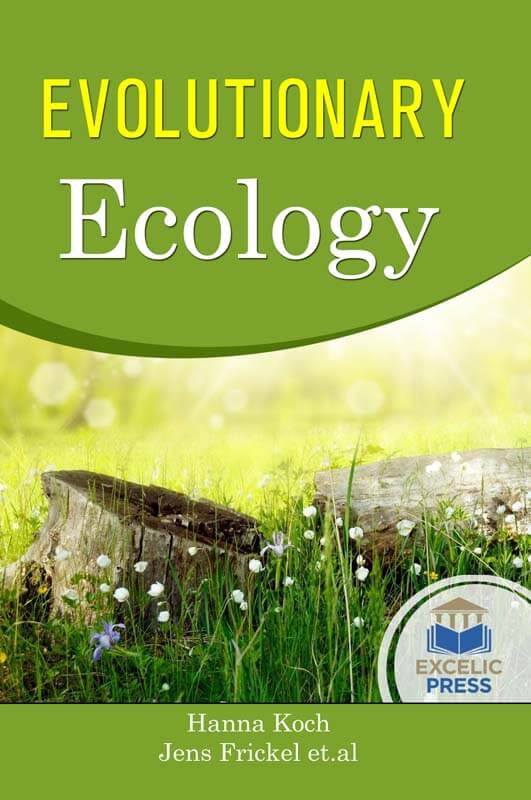In ecology, populations are usually considered to be genetically homogeneous and without variation in traits. Evolutionary processes are traditionally considered to be too slow to interact directly with ecological change. Evolution on contemporary timescales has recently been recognized as an important driver for ecological change. It is now well established that evolutionary change can affect the interactions between species within a few generations and that ecological interactions may influence the outcome of evolution in return. This tight link between ecology and evolution is of fundamental importance as it can determine the stability of populations and communities, as well as the generation and maintenance of diversity within and among populations.
This book summarizes recent findings on eco-evolutionary dynamics, with a focus on consumer-resource interactions, from theory and empirical research. It also identifies gaps in our knowledge and suggests future research directions to provide a mechanistic understanding and predictive capability for community and ecosystem responses to environmental change. The study of animal personality variation has been the focus of a burgeoning research effort over the past decade, with the realization that the consistent individual differences in behavior that characterize it are the target of different forms of selection, and can be substantial drivers of a range of important ecological and evolutionary processes. Therefore, it is important that any observational studies that are attempted are designed with specific hypotheses in mind based on the ecology of the study species and theoretically-derived predictions. It examines critically the ecological potential of plants for phytoremediation and eco-restoration of fly ash deposits and mine wastes. The book takes a narrative approach on the evolution of regulated phenotypic expression during a transition to multicellularity; diversity and ecological correlates of red fluorescence in marine fishes; the genome of the jellyfish clytia-Hemi-sphaerica and the evolution of the cnidarians life-cycle; and biodiversity variables for mapping and monitoring species populations; fine-scale foraging ecology of leatherback turtles; and fall webworm genomes yield insights into the rapid adaptation of invasive species. Further, a chapter suggests that parasites are associated with noisy alarm calls. It also emphasizes on the narrowing olfactory landscape of insect odorant receptors. This intended book will appeal to the students, scientists, researchers, and other stakeholders associated with the subject area.














Reviews
There are no reviews yet.